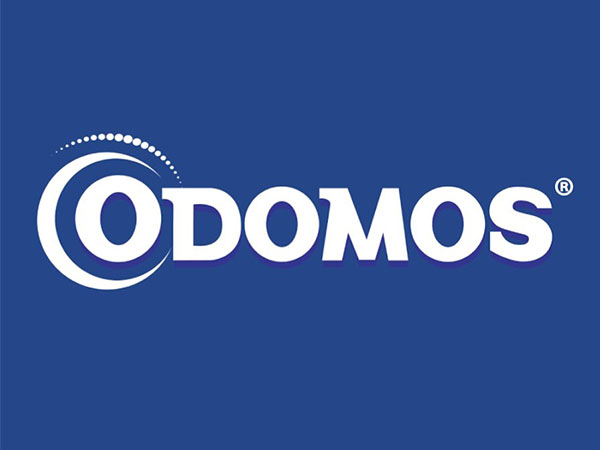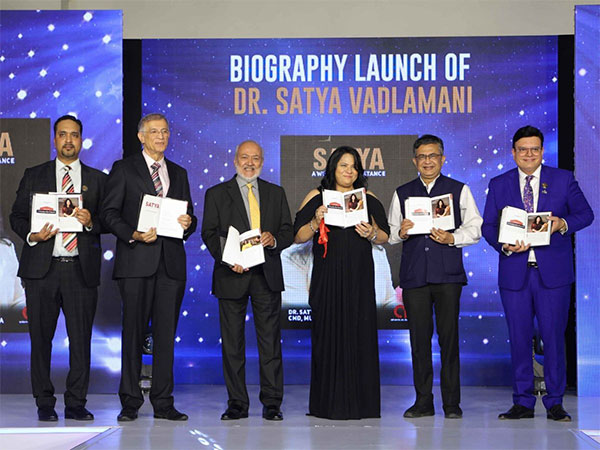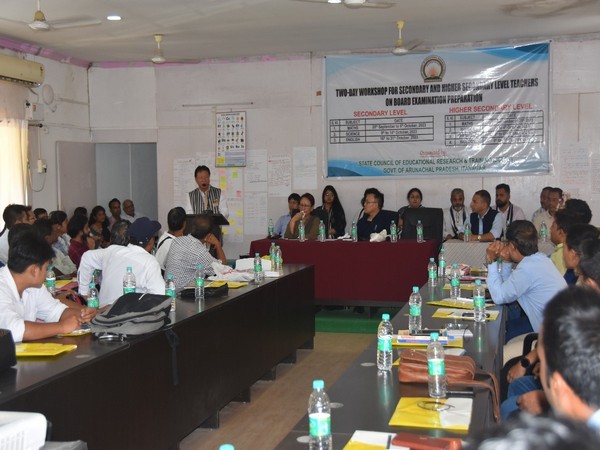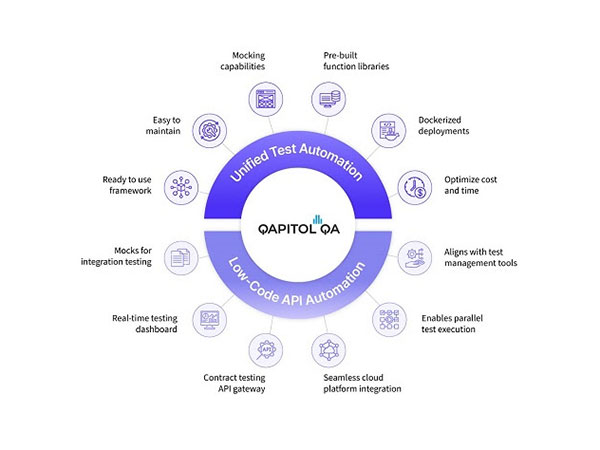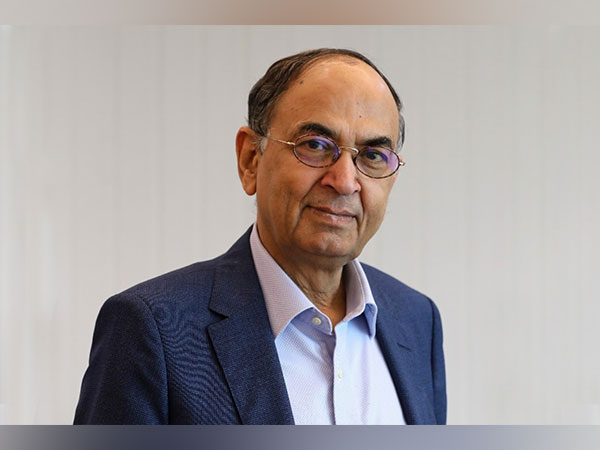
Dr. PS Gahlaut, Managing Director of IPL, Emphasizes Drone Farming as a Game-Changer for India
Nov 16, 2023
GLOBAL PR CONNECT (GPRC)
New Delhi [India], November 16: For generations, Indian agriculture has served as the bedrock of the nation's economy, employing roughly 58% of its labor force and making a substantial contribution of approximately 17% of the total GDP. However, to keep pace with the growing population and the challenges posed by climate change and limited resources, innovation is essential.
PS Gahlaut, Managing Director of Indian Potash Limited believes, one ground-breaking technology that has the potential to transform Indian agriculture is drone farming. He emphasizes, "India ranks among the globe's top agricultural producers, yet it is also home to a significant population of small-scale farmers. These farmers routinely grapple with issues like water scarcity, pest infestations, and crop diseases. Drones offer a promising solution to combat these challenges and enhance the overall efficiency and productivity of agriculture in India."
Defining drone farming, PS Gahlaut says, "Drone farming, employs unmanned aerial vehicles (UAVs) for the monitoring and administration of diverse farming aspects, including crop health, irrigation, and pest control. These UAVs come equipped with advanced sensors, cameras, and data analytics software, providing real-time insights to farmers and empowering them to make decisions based on accurate data. The benefits of integrating drone farming into Indian agriculture are diverse, including improved crop monitoring, more efficient irrigation management, reduced labor reliance, increased productivity, and a reduced environmental impact."
Expanding on the effectiveness of drones in the context of pesticide application, PS Gahlaut uses a sugarcane plantation as an illustrative example. PS Gahlaut explains, "Sugarcane crops can grow to such an extent that it becomes impractical to enter the plantation for fertilizer spraying. Moreover, the dense growth of sugarcane leaves can have adverse effects on human health, and reaching the topmost leaves, given their height, can be exceptionally challenging. Drone technology offers a comprehensive solution to address these issues."
Additionally, various reports suggest that each year, between 40,000 and 50,000 people lose their lives in agricultural fields due to snakebites.
The introduction of drone technology offers a comprehensive remedy for these agricultural challenges. With the assistance of drones, the hurdles presented by extensive plantations, such as sugarcane, become more manageable. Drones excel in the efficient and uniform distribution of fertilizers, guaranteeing that the entire crop receives the vital nutrients it requires.
In the economic context of drone technology, especially in a period marked by escalating fertilizer and chemical costs, the efficient utilization of these resources becomes vital for sustaining profitability in agriculture. Parvinder Singh Gahlaut notes, "Conventional approaches of fertilizer spraying frequently generate large droplets that fall off leaves, leading to substantial wastage of pesticides/fertilizers/water, sometimes as high as 50%. In contrast, drones execute precise fertilizer application, mitigating wastage and encouraging resource efficiency." PS Gahlaut further emphasizes that this transition to precision agriculture represents a substantial stride in the direction of sustainable farming practices.
In terms of cost-effectiveness, drone-based fertilizer spraying proves to be budget-friendly, with an estimated cost of around Rs. 380 per acre. In contrast, the manual application method amounts to approximately Rs. 420 per acre. The advantages are evident - enhanced resource efficiency, reduced expenses, and, most importantly, the assurance of complete fertilizer absorption by the plants. A drone tank, with a 10-liter capacity, can effectively cover one acre of land within a mere 5-7 minutes, contingent on variables such as speed, wind conditions, and topography. In comparison, the manual approach necessitates approximately 150 liters per acre, incurring labor costs and substantial time investments. "Drones not only diminish resource usage but also minimize time expended, establishing themselves as a markedly more efficient alternative.", said PS Gahlaut, the MD of Indian Potash Limited.
Complimenting the government's recognition of the substantial benefits of drone technology in agriculture, PS Gahlaut remarks, "The Indian government has embarked on various initiatives to foster and tap into its potential. Systematic scientific research and data collection that supports drone applications have been undertaken. Pilot studies exploring diverse approaches, such as leveraging remote sensing technologies, including satellite data and drone-generated images, have been conducted. These studies focus on tasks like crop cutting experiments, direct yield estimation at the Gram Panchayat level, risk mapping at the district level, and resolution of disputes or area discrepancies. These efforts are being spearheaded through the Mahalanobis National Crop Forecasting Centre (MNCFC)."
He further adds, "Examining the merits of drone technology in agriculture, the Department of Agriculture & Farmers Welfare (DA&FW) has unveiled Standard Operating Procedures (SOPs). These SOPs offer clear and concise directives for the safe and efficient utilization of drones in pesticide and nutrient application. Additionally, the Central Insecticides Board & Registration Committee (CIB&RC) has established the registration criteria for pesticides intended for drone application. Furthermore, they have concluded the assessment protocols for both phyto-toxicity and bio-efficacy evaluation of pesticide formulations."
To encourage the adoption of drone technology in agriculture, Parvinder Singh Gahlaut also commended the financial support measures offered to farmers and organizations seeking to integrate drone technology. These measures fall within the framework of the Sub-Mission on Agricultural Mechanization (SMAM), overseen by the Department of Agriculture & Farmers Welfare (DA&FW).
The Indian government has also allocated significant funds for the advancement of drone technology in agriculture. A sum of Rs. 52.50 Crores has been disbursed to the Indian Council of Agricultural Research (ICAR) to facilitate large-scale drone technology demonstrations in farmers' fields across the nation. This initiative is carried out through 100 Kishi Vigyan Kendras, 75 ICAR-affiliated institutions, and 25 State Agricultural Universities. Additionally, an amount of Rs. 70.88 Crores has been allocated to various State Governments for conducting demonstrations, extending subsidies to farmers, and establishing Custom Hiring Centers to offer drone services to agriculturalists.
PS Gahlaut, optimistically believes that, The future of drone farming in Indian agriculture looks promising, given the ongoing advancements in technology and government support. As the industry evolves, it is essential to ensure that the benefits of this technology reach farmers of all sizes and backgrounds, ultimately leading to a more sustainable and prosperous agricultural sector.
Precision agriculture, empowered by drone technology, has the potential to revolutionize the way farming is done in the country, increasing efficiency, reducing environmental impact, and improving farmers' livelihoods. With continued support, innovation, and awareness, India can truly harness the transformative power of drone farming to meet the challenges of the 21st century and beyond.
(ADVERTORIAL DISCLAIMER: The above press release has been provided by GLOBAL PR CONNECT (GPRC). ANI will not be responsible in any way for the content of the same)

